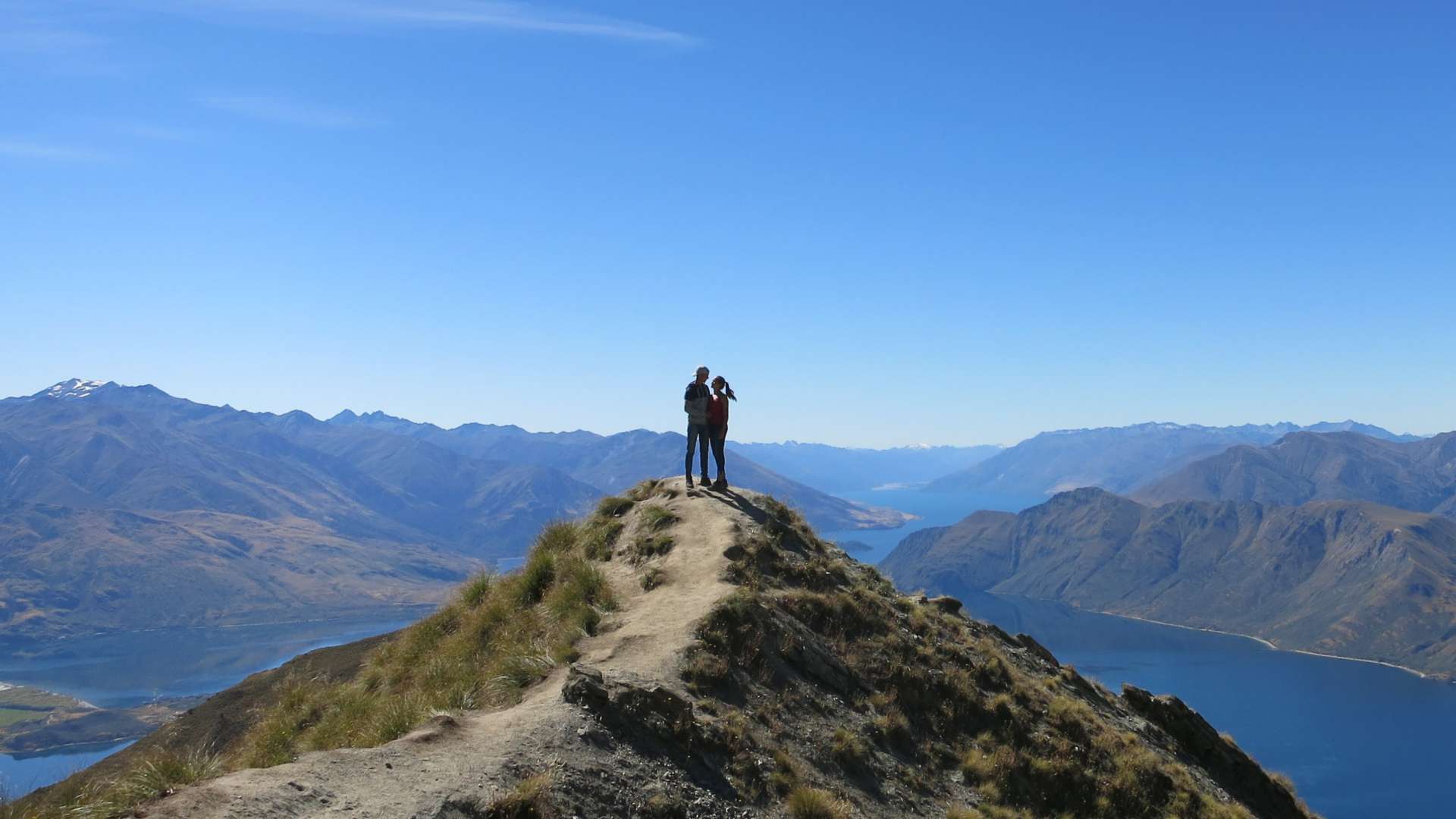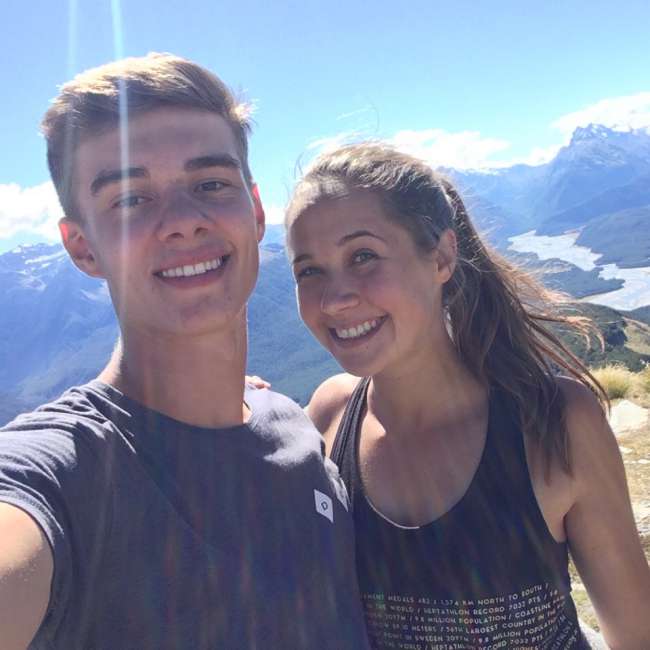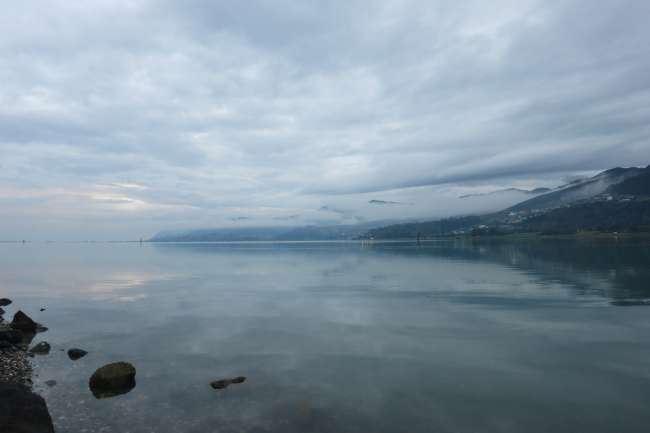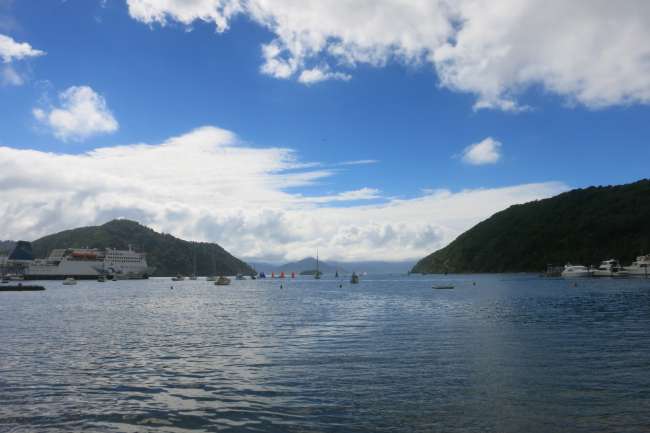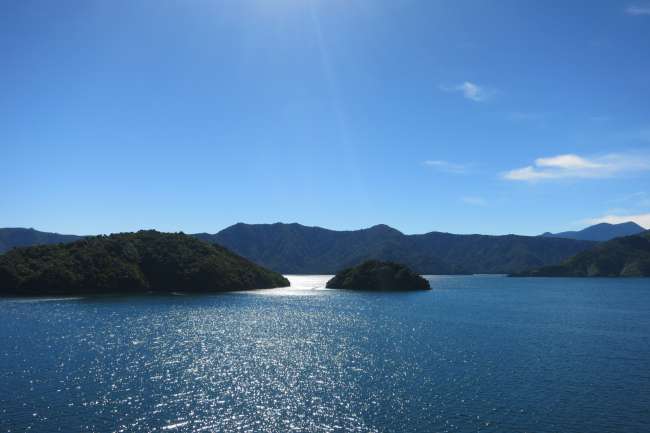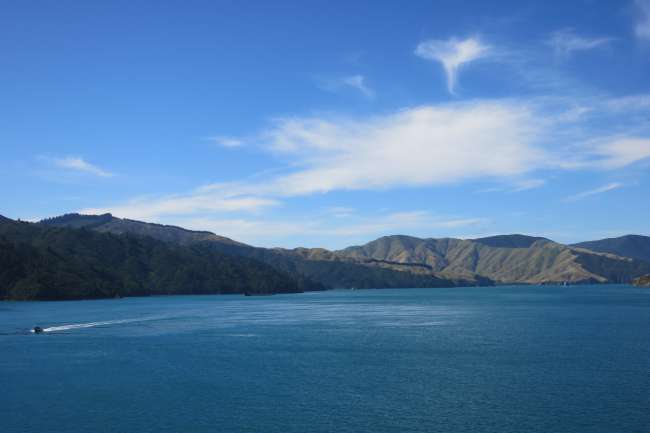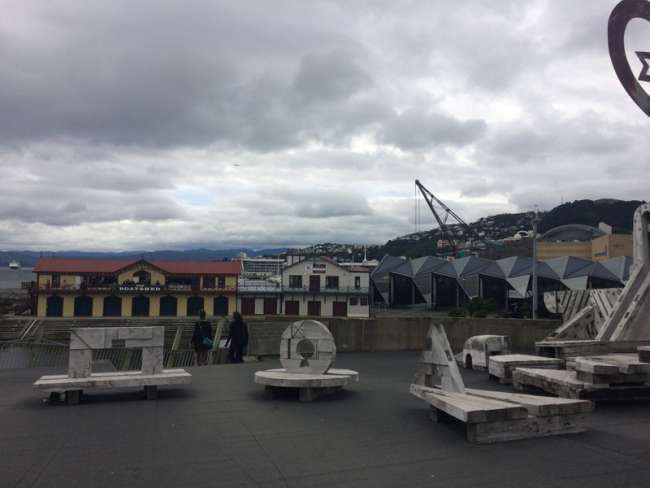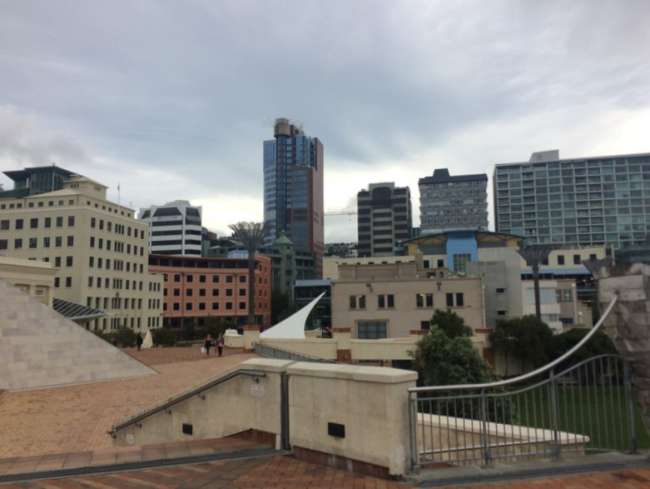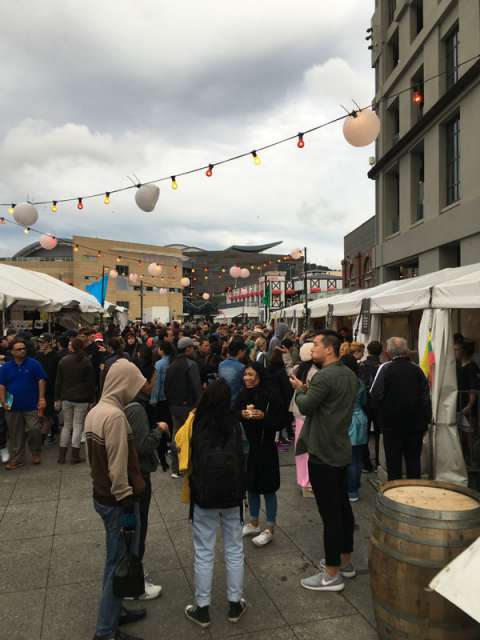Hello North Island!!
بڵاوکراوەتەوە: 04.04.2017
سەبسکرایبی هەواڵنامە بکەن
After
we had waited in Nelson and did not really do anything except for regular
visits to the library to charge up and to the gym among other things for a hot shower, we were
happy to finally leave there! For the first time during our entire time in New Zealand, we were made to
feel unwelcome there. The law in Nelson states that it is allowed
to camp for free everywhere (so-called Freedom Camping), or to sleep in
your car. So we spent the first two nights
in a parking lot downtown, but already there, the loudly screaming and honking teenagers showed us that
they didn't really like that. But even when we moved to a quieter,
more official place near the harbor, a man (not from security) patrolled there
in his car one evening. On that evening, a sign was also hung up stating that
camping would no longer be allowed there from March 31st. However,
there was also a local who stood up for the "Freedom
Camper". He went from campervan to campervan and
explained to everyone that there is no law against Freedom Camping in
New Zealand and that only some districts made special regulations,
excluding Nelson, for example. So he gave everyone
the advice to always inform themselves at the tourist information beforehand,
but never let other locals discourage them.
Nevertheless, we still couldn't shake the feeling of doing something illegal,
but at the same time we didn't want to give in easily.
So we were happy when we finally continued to Picton, from where the
ferry would take us to the North Island the next day.
We spent the day in the small harbor town and drove in the evening to
a nearby campsite, where we enjoyed the good weather a little longer. The next day, after the crossing,
which surprisingly took almost 4 hours, we visited the capital
of the North Island: windy Wellington. Our goal was a night market,
which takes place every Friday evening in Cuba Street, the center of Wellington.
In Cuba Street, we were then greeted by the unusual city life: restaurants everywhere,
many people, and a salsa dance group. In a small side street, we found
the small night market, also with several snack stalls and other
small stands. However, since we were a little overwhelmed by the hustle and bustle,
we finally decided to have some Fish & Chips in a slightly more
secluded place. However, the ordered family pack
(supposedly suitable for 2-3 people) was then 2 sizes too big for us, so we would have needed
2 more people to completely eat it up.
We then continued towards the harbor, where we took a look at the city in the dark.
Since we definitely wanted to go back to Wellington the next day, but the parking costs (especially on a Saturday) were unaffordable, we decided to take the train from the somewhat detached campsite to the city. We spent the day at Te Papa Museum, a huge and pretty interesting museum about New Zealand's nature and history. The Colossal Squid was also exhibited there, the world's largest and only exhibited specimen of a squid. The Colossal Squid can grow up to 13 meters long and its eyes are as big as soccer balls. It was discovered by a fishing boat when it was pulled up to the water surface together with a fish.
Afterwards, we strolled through another market, because this weekend there was a Southeast Asian street festival at the harbor with many different food offerings from different countries and some performances of traditional dances. As a preview for Bali, we bought something delicious to eat at an Indonesian stall and watched a demonstration by two Thai boxers.
In the end, we really liked the capital of New Zealand and thanks to the weekend program and the bustling “crowds”, it gave the city a certain flair. However, you also have to say that Wellington, apart from the weekly events, is more like a small town in Germany.
سەبسکرایبی هەواڵنامە بکەن
وەڵام

ڕاپۆرتی گەشتیاری وڵاتی نیوزلهندا
